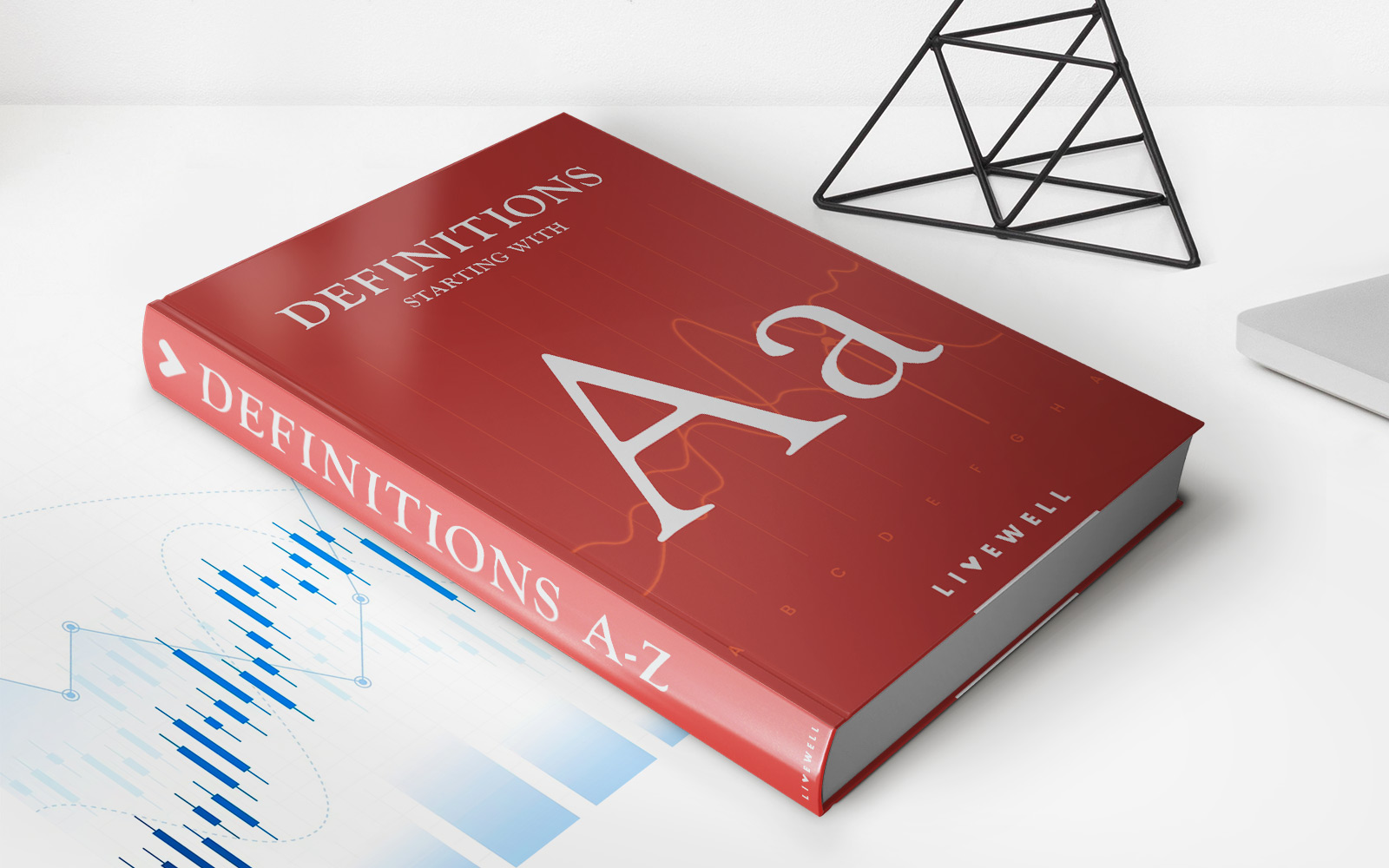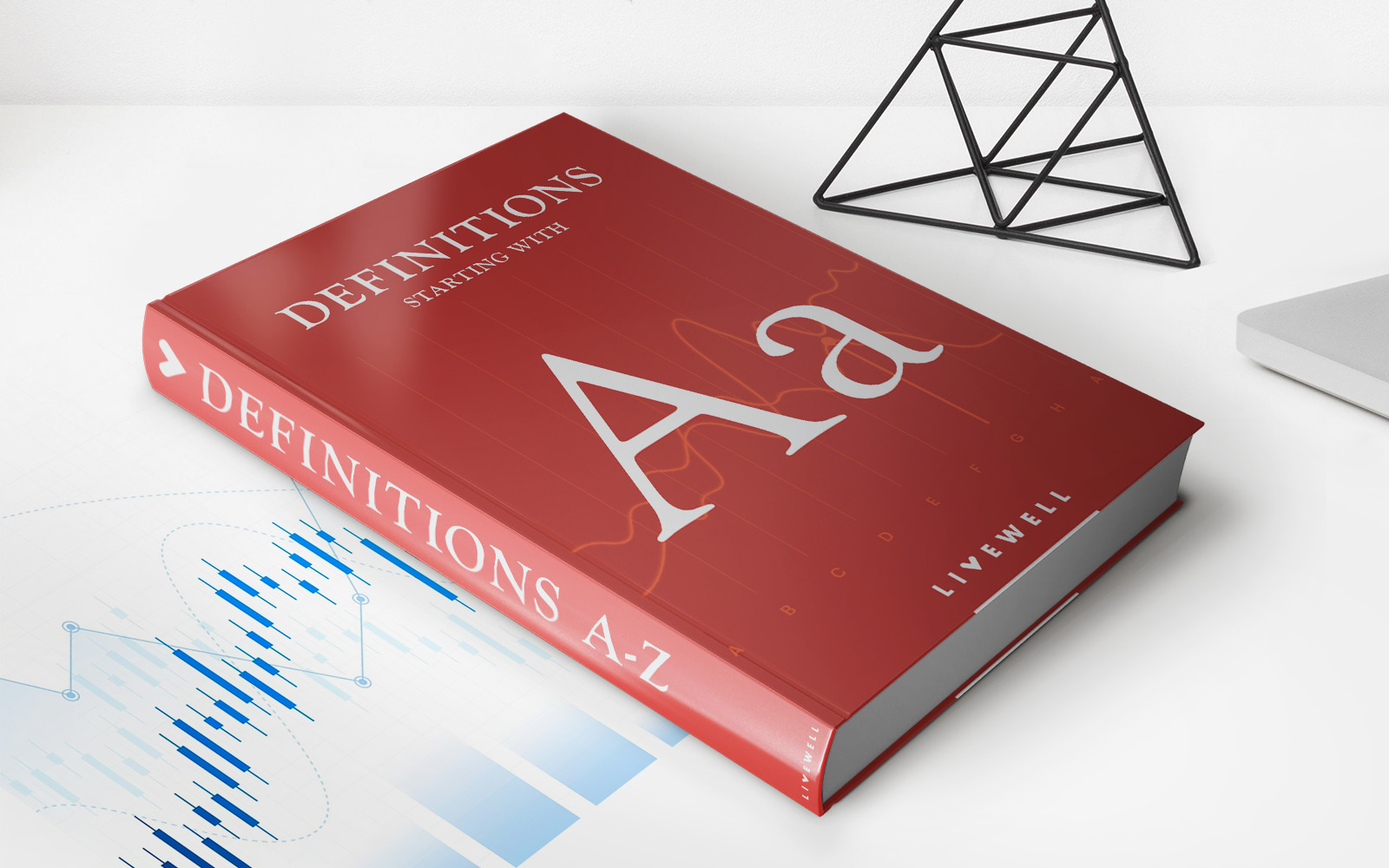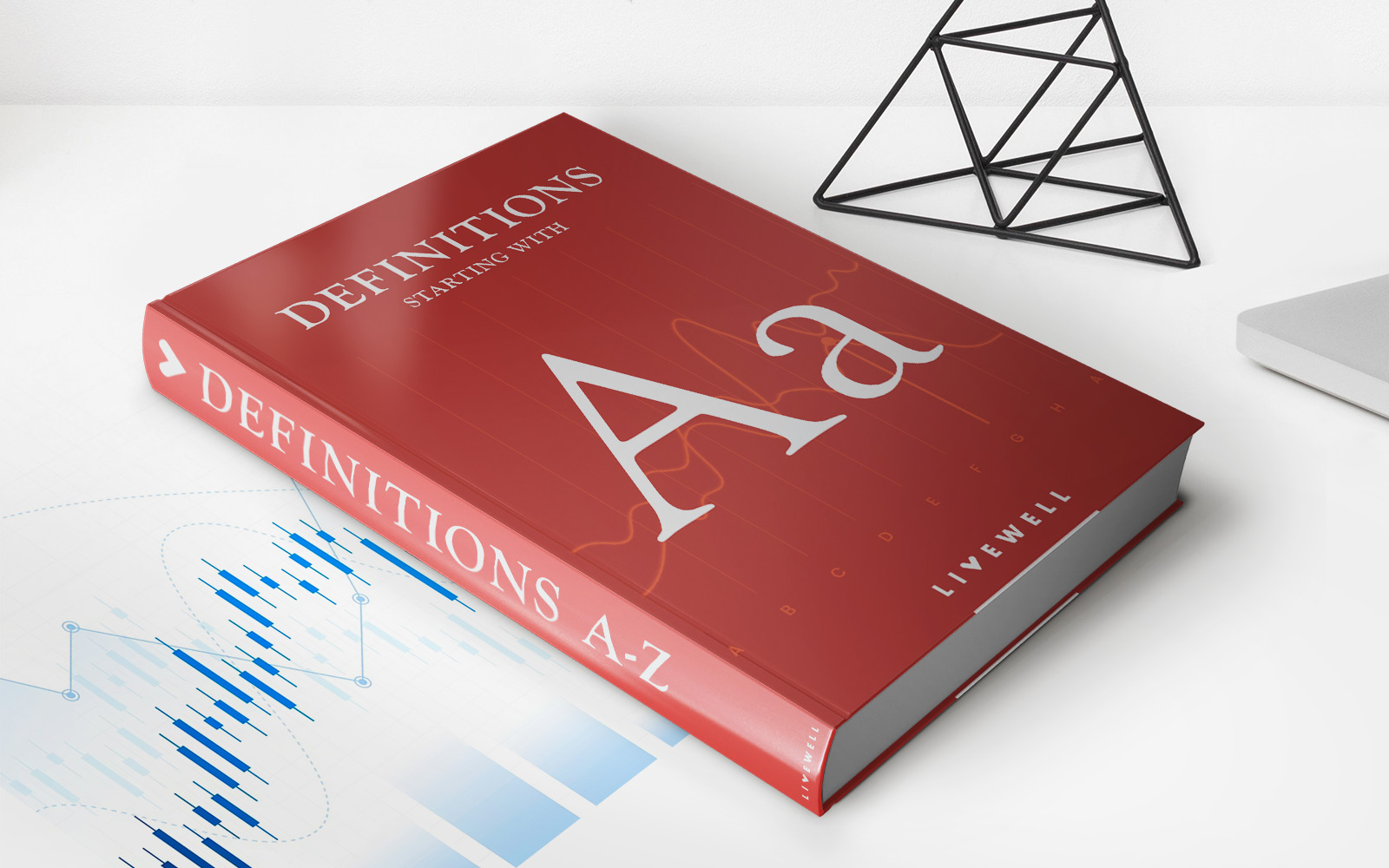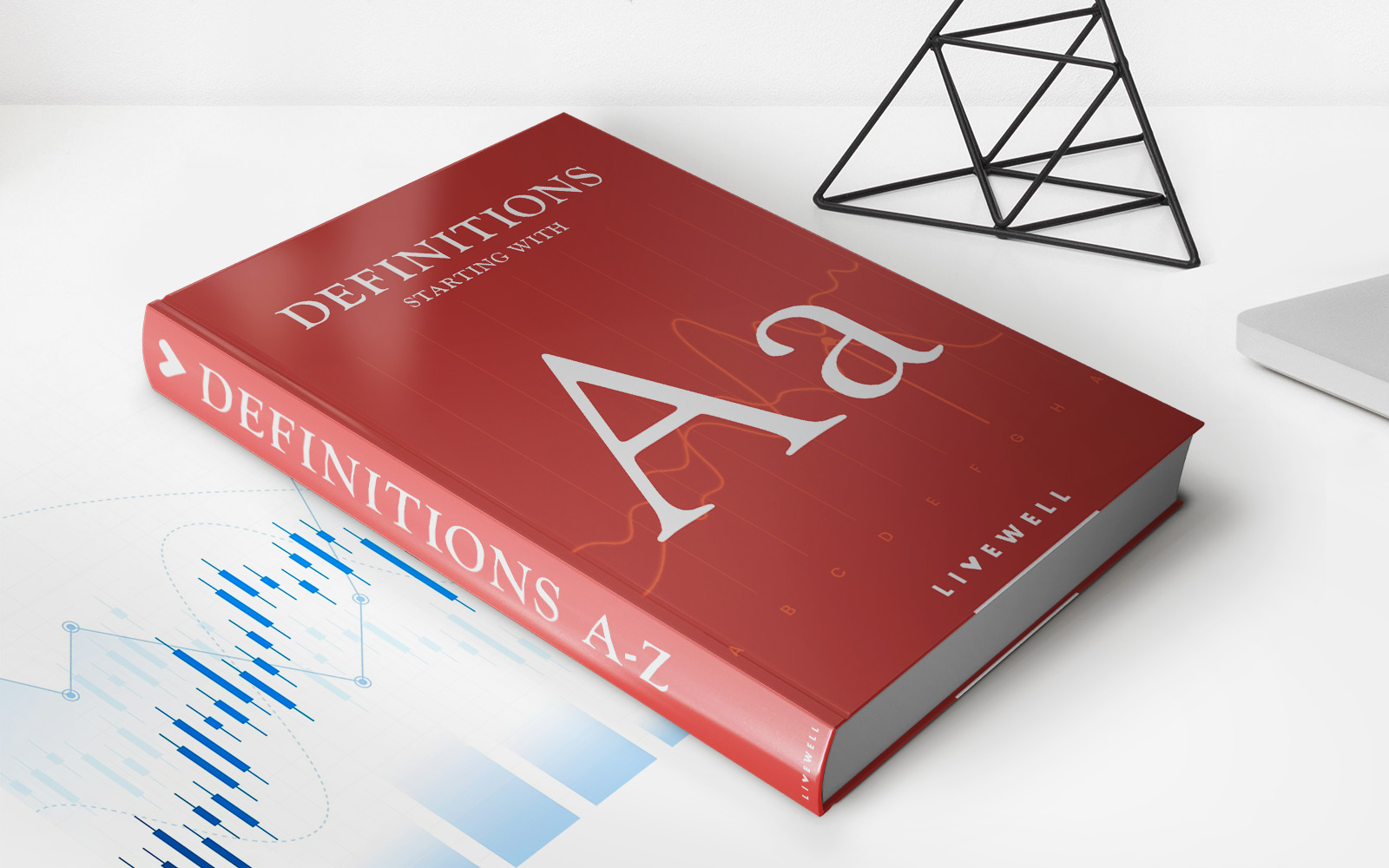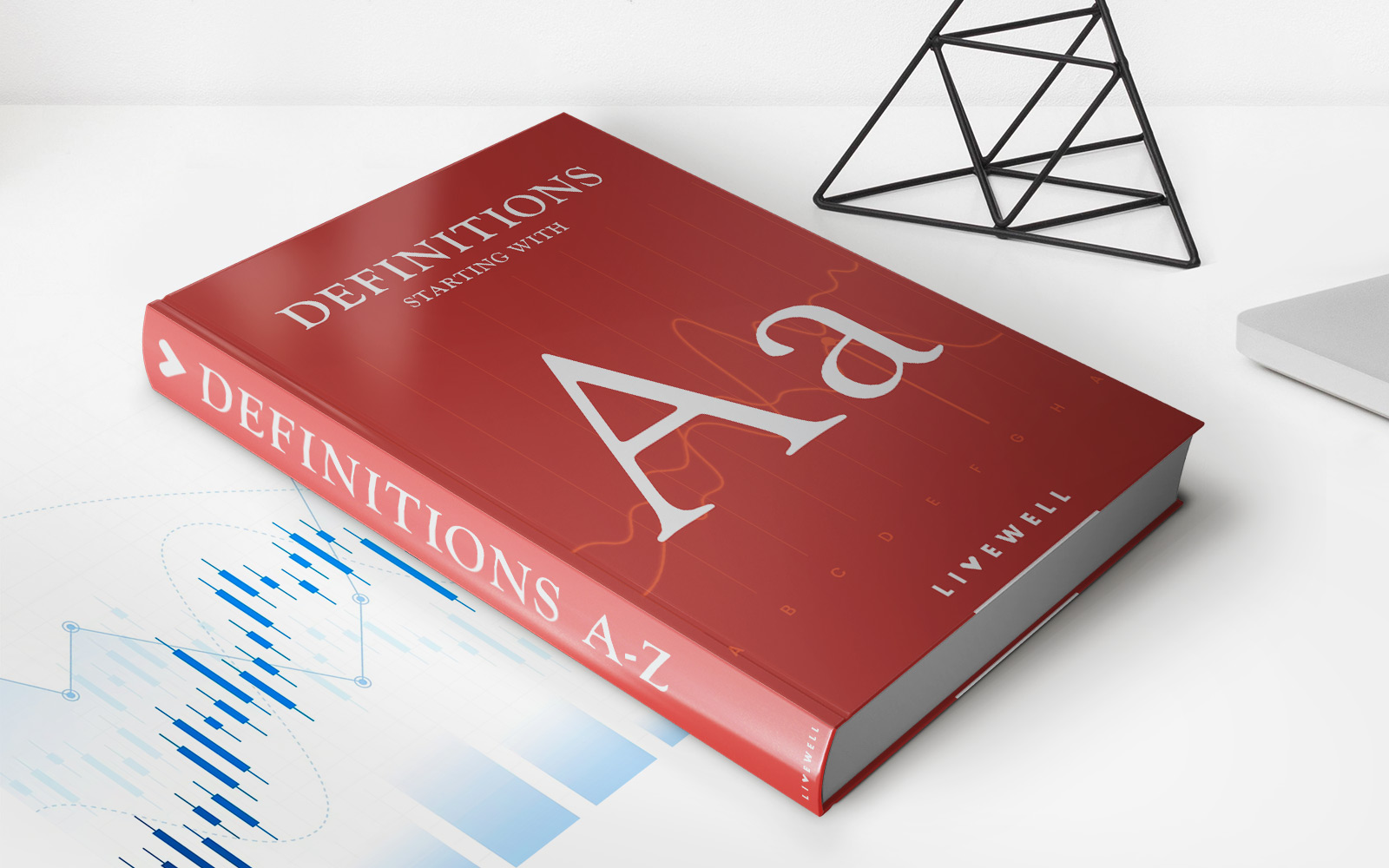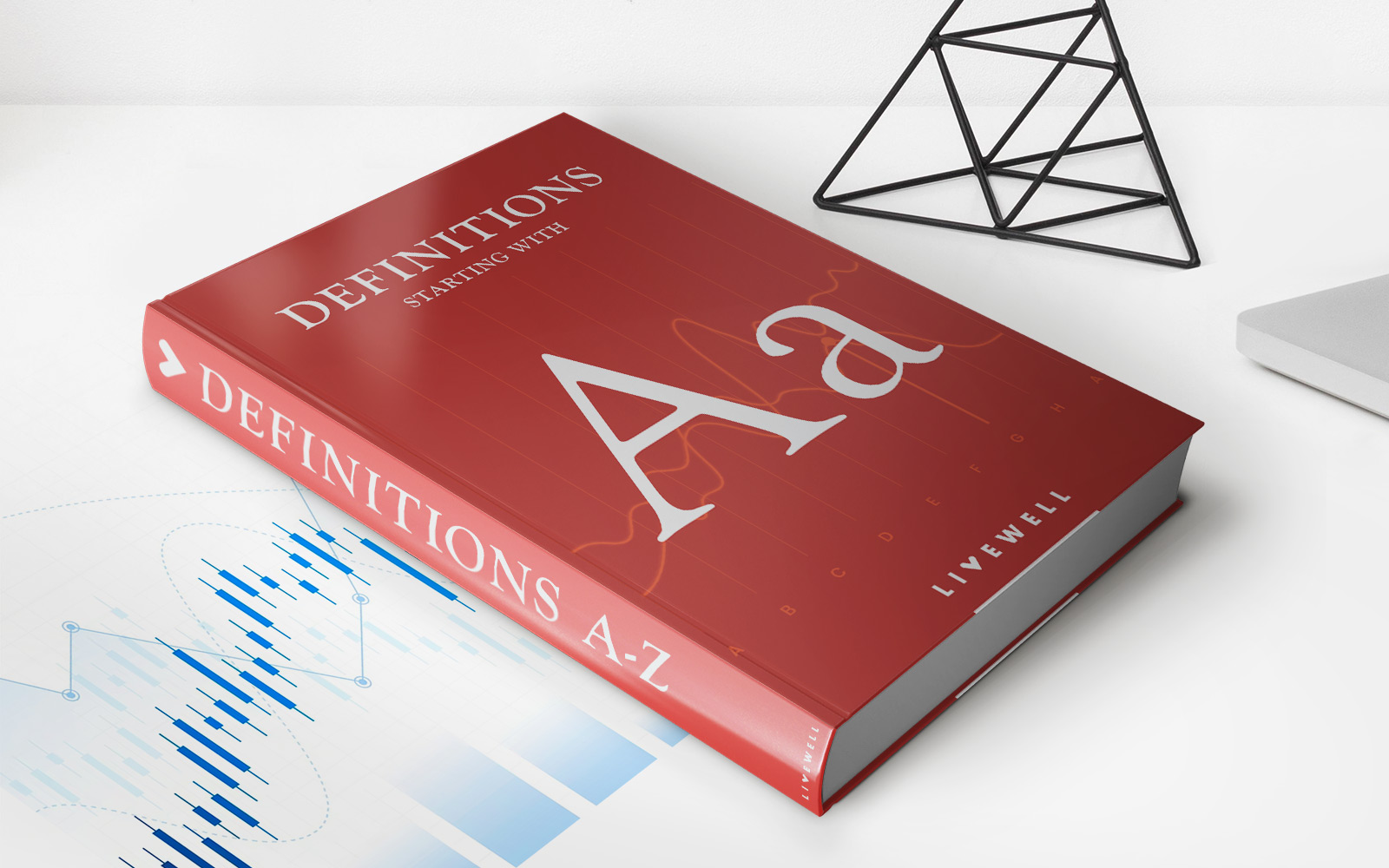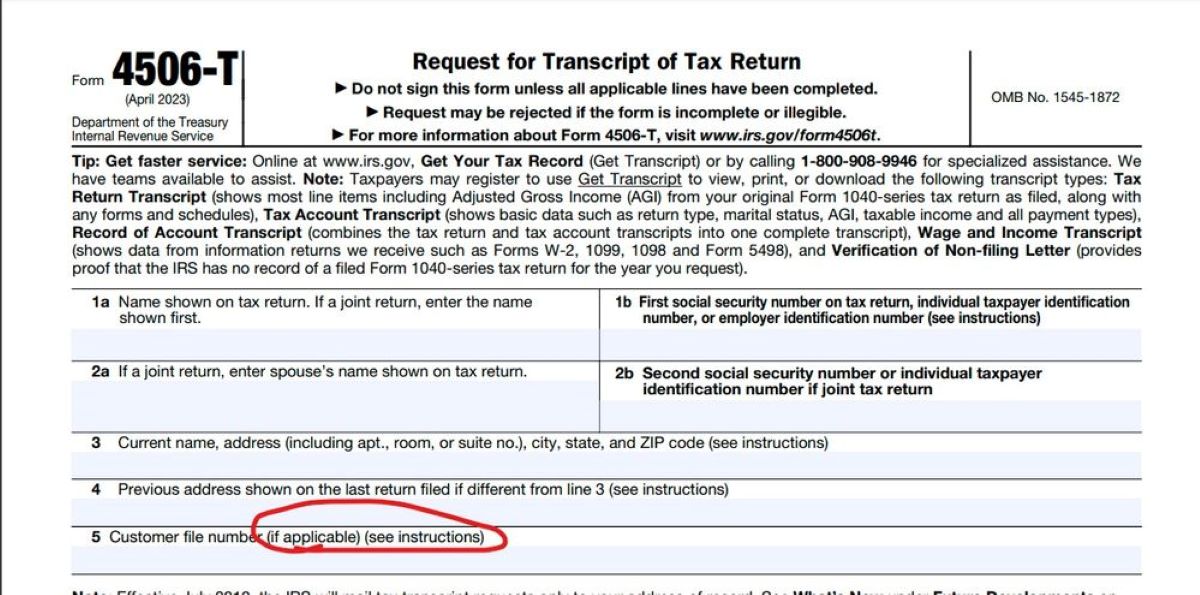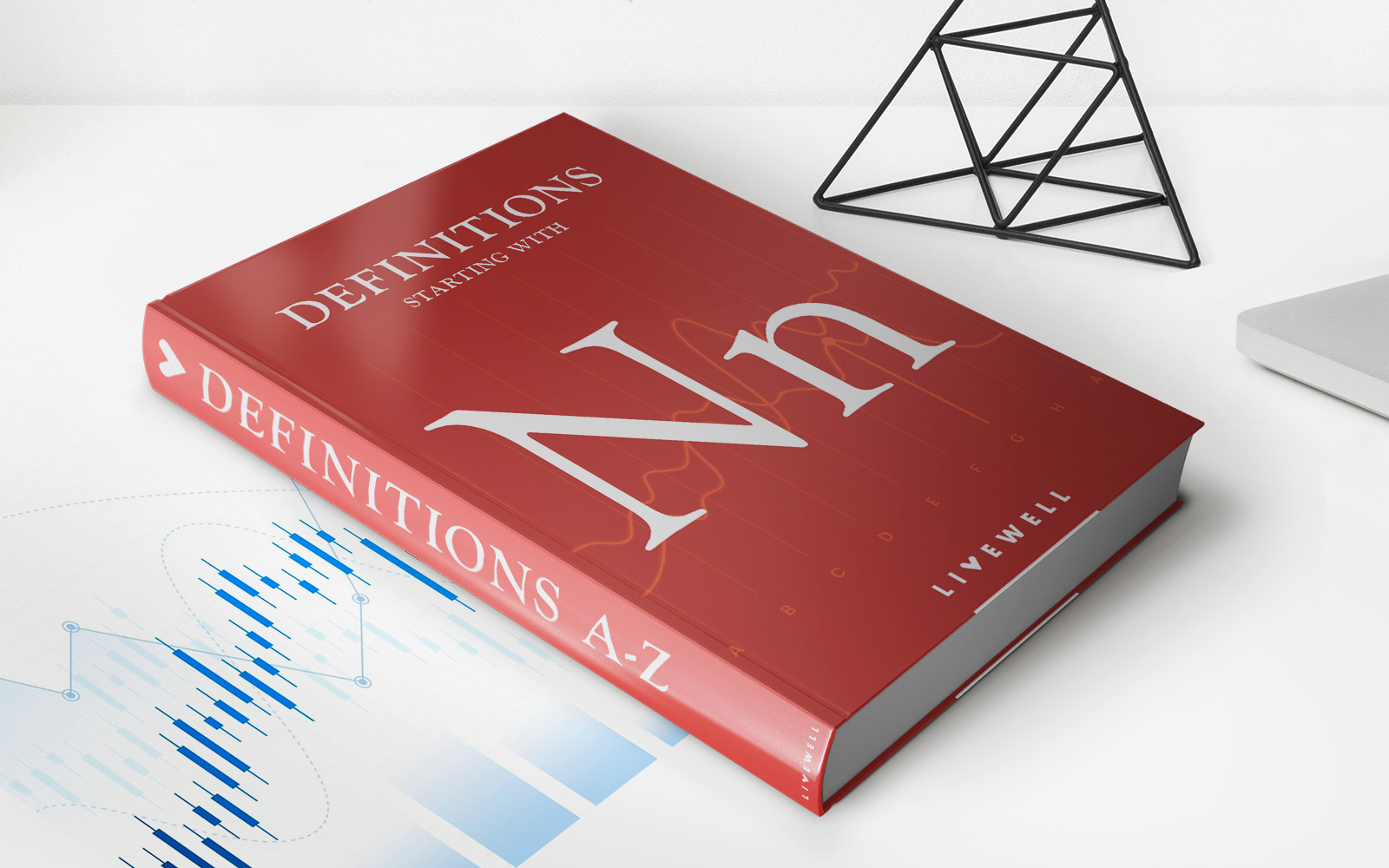

Finance
Netherlands Antilles Guilder (ANG) Definition
Published: December 30, 2023
Learn about the Netherlands Antilles Guilder (ANG) in our comprehensive finance definition guide. Understand the currency and its significance in the global financial market.
(Many of the links in this article redirect to a specific reviewed product. Your purchase of these products through affiliate links helps to generate commission for LiveWell, at no extra cost. Learn more)
Understanding the Netherlands Antilles Guilder (ANG)
Greetings, finance enthusiasts! Today, we dive into the world of currency and explore an intriguing topic – the Netherlands Antilles Guilder (ANG) definition. Have you ever wondered about this currency and its significance? Well, you’re in luck! In this article, we’ll unravel the mysteries of the Netherlands Antilles Guilder, providing you with a comprehensive understanding of its history, usage, and importance in the financial world.
Key Takeaways
- The Netherlands Antilles Guilder (ANG) was the official currency of the Netherlands Antilles, which consisted of several Caribbean islands.
- The Netherlands Antilles Guilder was replaced by the US dollar on January 1, 2011, due to economic and political reasons.
A Brief History of the Netherlands Antilles Guilder
First introduced in 1940, the Netherlands Antilles Guilder served as the official currency of the Netherlands Antilles, a former autonomous Caribbean country within the Kingdom of the Netherlands. The Netherlands Antilles comprised six islands, including Curacao, Bonaire, and Sint Maarten.
The Netherlands Antilles Guilder was pegged to the US dollar at a fixed rate of 1.79 ANG to 1 USD. This currency arrangement provided stability and facilitated international trade within the Caribbean region.
The Replacement of the Netherlands Antilles Guilder
On January 1, 2011, the Netherlands Antilles Guilder was replaced by the US dollar as the official currency of the islands. This decision was made primarily due to economic and political reasons. The Netherlands Antilles had faced financial difficulties, and the Netherlands, as the governing authority, decided that adopting the US dollar would better stabilize the economy.
By adopting the US dollar, the Netherlands Antilles aimed to promote economic growth and attract foreign investment. Additionally, the use of the US dollar simplified financial transactions, as it is a globally recognized currency. This change also brought the Netherlands Antilles closer to the economic systems of neighboring countries, which primarily used the US dollar for trade and commerce.
Conclusion
And there you have it, a comprehensive overview of the Netherlands Antilles Guilder (ANG)! Although no longer in circulation, the ANG played a significant role in the financial landscape of the Caribbean. Today, the islands flourish under the US dollar as a symbol of stability and growth. So, whether you’re an aspiring currency expert or simply curious about different monetary systems, the ANG is a fascinating piece of global finance history.
